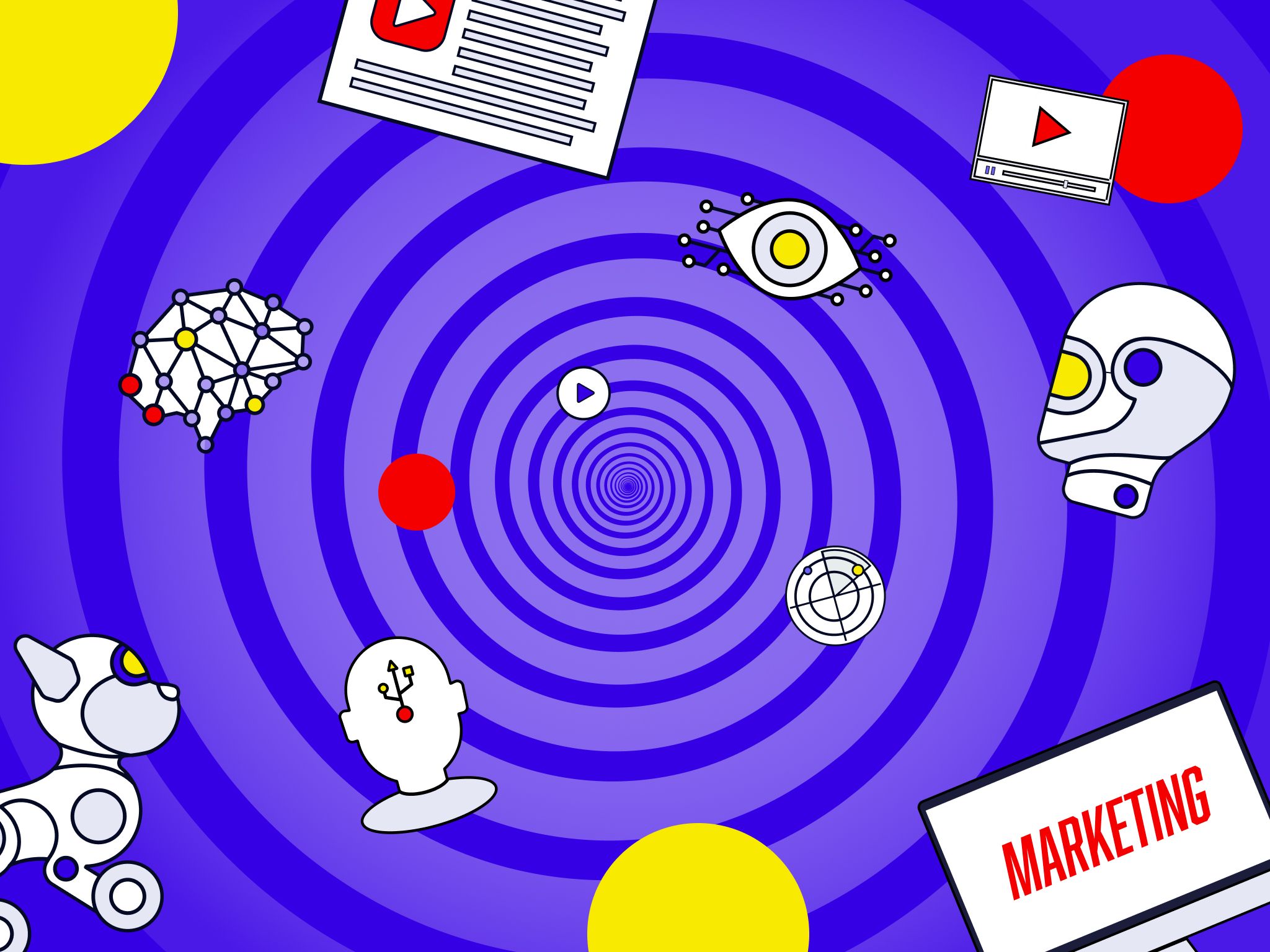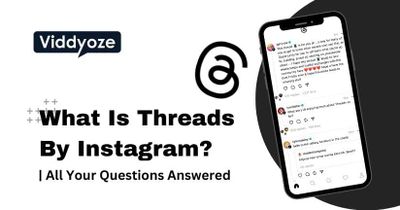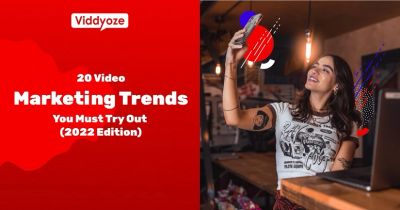We know full well that AI is one of those acronyms that gets chucked around so often that it begins to lose some of its wonders. But that belies its power and significance because when it comes to the value added to video marketing by both artificial intelligence and its subset machine learning (ML), it really is worth your undivided attention.
“Marketers, through AI technologies, have been both challenged and empowered,” sums up Rob Freedman, VP of marketing at Fourlane. “We have greater access to data and can custom tailor our video content to fit the exact demographic of our ideal customer persona. This is an extremely powerful way to get our message in front of the right people, at the ideal time.”
The applications are numerous. From tapping into niche target markets and creating hyper-personalized content that drives up engagement to nailing that elusive ROI, there are all sorts of ways that AI tools can – and will – take video marketing to the next level.
Nailing Your Target Market
There’s a reason that mass-market channels like terrestrial TV have fallen out of favor with marketers. One, they’re incredibly expensive. Second, while they provide scale – 68% of adults watch 50 plus linear TV ads per day, for example – they do so without any precision. Of the millions that might tune into a TV ad, how many are actually like to engage?
It doesn’t require a blue-chip marketing budget to access these tools either
Without AI, the same quandary faces online video. There are 500 hours of content uploaded to YouTube every single minute – and watched by more than two billion users. How do you find your target market within that vast viewership?
Well, through AI and ML, it’s possible to segment an online audience by traits like gender, age, geography, or even hobbies. This allows a video marketer to pinpoint exactly where their potential customers are online.
New geofencing technologies add a further dimension, too. Using location data, AI tools can pinpoint a viewer’s location in real-time, and push targeted video content to their device. A retailer could send marketing content or special discounts just as a potential customer walks past one of their stores, for example.
The beauty is that it doesn’t require a blue-chip marketing budget to access these tools either. Platforms like Facebook build in these AI-driven targeting options into their most basic video marketing packages.
Driving Up Engagement With Hyper-Personalization
For a long time, hyper-personalization felt like one of those appealing but impractical predictions that made its way onto every future trend list. But thanks to AI it’s now a reality being deployed by marketing teams across major brands.
Sometimes referred to as one-to-one marketing, hyper-personalization adds a level of customization to video content that makes it feel deeply personal to the viewer.
Here’s an example. In 2019 a team at Google worked with Johnson’s Baby to build customized video ads that reached customers just as they experienced major milestones (such as becoming parents).
What they found was that these video ads consistently resonated over and above standard video content. It’s why giants like Netflix, O2 and Deutsche Ban have already integrated elements of customized video content into their strategies.
And, as AI becomes more sophisticated, this level of customization looks set to become more and more accessible to businesses of all shapes and size.
Monitoring ROI In Real Time
It’s no secret that ROI is the biggest headache for most marketers. How can you prove unequivocally that a TV ad generated an uplift in sales? How can you link in-store marketing activities to a boost for a particular SKU?
Even without AI, video is already miles ahead of much of the competition, offering marketers all sorts of metrics by which to analyze performance. That includes search engine rankings, views, dwell time, social shares and clickthrough rates to name but a handful.
AI’s enhancement of live streaming will be game-changing
The only challenge is that it creates far too much complex data to be processed manually. And that’s where AI comes in.
With the right algorithm built in, marketers can automate analysis of all these metrics in real time and adjust their target market, timing and distribution. It even helps to speed up video production, with contemporaneous feedback on what works and what doesn’t.
And, going forward, we’re likely to see this same capability possible for live video content as well, explains Freedman.
“AI’s enhancement of live streaming will be game-changing,” he says. “[With] the ability to give the producers of live content real-time feedback on who is watching and engaging and who is dropping off.”
The message is pretty simple really: don’t just brush off AI as an unnecessary addition to your video marketing toolkit. Used at the right moments, for the right reasons, it can make a significant difference to the performance of online video content – and provide invaluable insights for your long-term content strategy at the same time.
More hits from across the Viddyoze blog:



